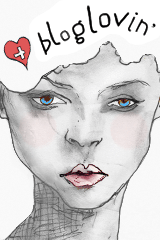 |
|
beach bums. A mild winter’s
day view of the famous Haeundae beach in Busan.
|
 |
|
Smoking, Soju, girls. When
teaching ESL at an all boy’s high school, one cannot take life or teaching too
seriously. Yeongju-si, Gyeongsangbuk-do province.
|
 |
|
Yeongju across the river. A
view of the Seocheon River and the city of Yeongju on a cold autumn afternoon.
Yeongju-si, Gyeongsangbuk-do.
|
 |
|
Sunset on Namhan. A view across
the Namhan River, more affectionately known by Seoulites as the ‘Han’ river
during a beautiful sunset. Seoul, Gyeonggi province.
|
 |
|
A Picture of the countryside,.
A view of the countryside outside of Andong taken on the train between Gumi
and Andong. Andong, Gyeongsangbuk-do province
|
 |
|
Ilsan pub crawl. A view of the
lights of downtown Ilsan on the eve of the annual charity pub crawl. Ilsan,
Gyeonggi province.
|



.jpg)














Wow the dorms look so comfy! I always imagine something dingy for some reason lol. Thanks for the mini tour!
ReplyDeleteI think wrong post :)
ReplyDelete